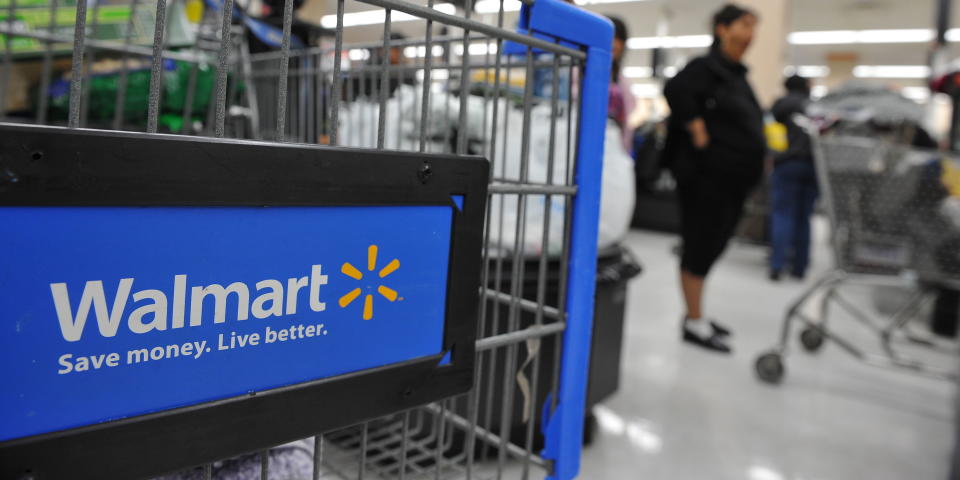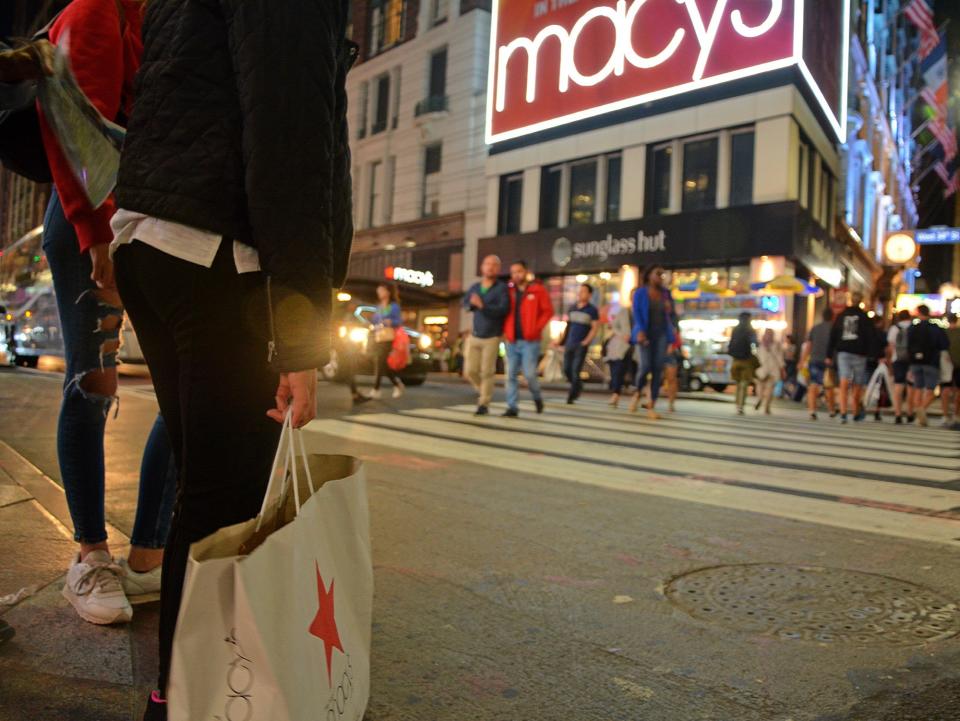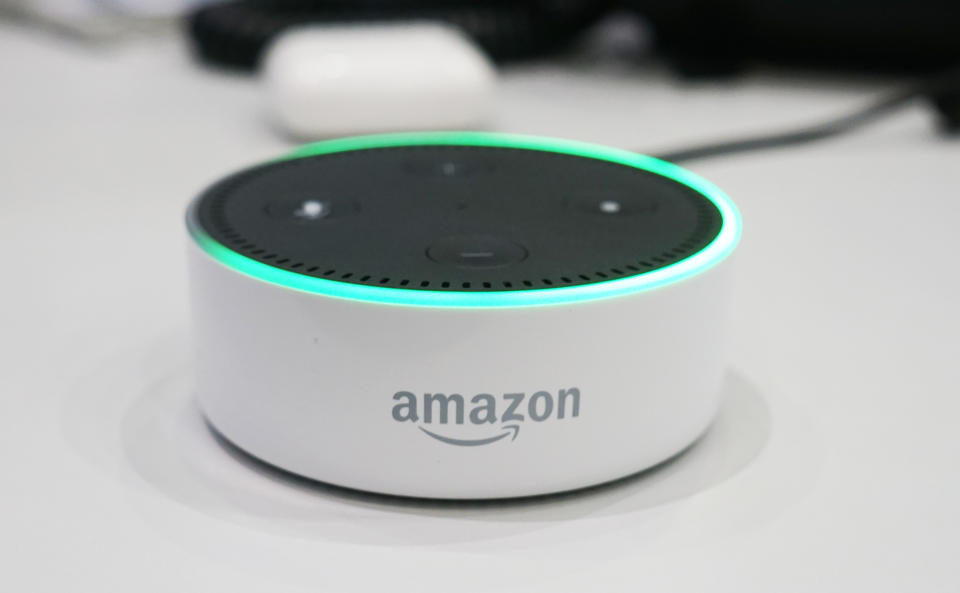Why other retailers don’t have their own holidays like Amazon

Two years after Amazon’s first Prime Day, which offers exclusive discounts to Amazon (AMZN) Prime members, other US retailers have yet to create their own sales holidays.
If a 30-hour sale on a summer Monday evening and Tuesday can sell more items for Amazon than Black Friday and Cyber Monday combined, why haven’t more retailers joined this game?
While the idea of having a “day” can be fun and create buzz, it’s not for everyone. Sometimes it could conflict with the brand or stray from a company’s core competency.
Discount retailers like Walmart (WMT) and Kmart (SHLD) may shun one-day sales because they like customers to believe they’re getting a bargain every day. Amazon’s major competitor, Walmart, shows little interest in creating a one-day event. With the slogan “Everyday Low Price,” the room for price cutting is limited. And the company is trying to impress customers by emphasizing “every day is a special day.”
“We offer our customers free, two-day shipping with no membership fee,” a Walmart spokeswoman wrote in an email, “which is available on great deals every day.”
Technical issues pressure retailers on sale days

For other retail players, the online sales spike during the existing holiday season already creates logistical and technical headaches. The onslaught of traffic from an additional, made-up holiday might be more of a hassle than it’s worth. Amazon has always defined itself as a technology company and has hired thousands of software engineers and scientists, so it’s already well-equipped to handle Prime Day.
However, traditional retailers are still refining the technology to meet growing online needs. It’s not uncommon for online shoppers to encounter technical issues during the holiday season.
During last year’s Black Friday, the Macy’s (M) website showed a “temporary shopping jam” message due to overflow shopping traffic. Meanwhile, Target’s (TGT) website shut down periodically because of increased traffic on Cyber Monday in 2015. The next year, the company extended the Cyber Monday sale to two days.
For its part, Nordstrom (JWN) just felt the pain of technical difficulties. Last week, the Seattle-based high-end department store launched its “one of a kind” anniversary sale to its “Prime Members”— people with Nordstrom cards. But the website crashed, in some cases emptying virtual shopping carts at checkout.
“Every time I went to check out, the website just went down completely. I had to try for six or eight hours to finally buy that product,” Kate Winford, a beauty blogger in Austin, told Yahoo Finance.
Later, she received a compensation from Nordstrom: more points on purchase.
The sale will be open to the general public for one week, starting from July 21. A Nordstrom spokeswoman told Yahoo Finance it doesn’t have any plans to change it to a one-day event “unless our customers request it.”
Prime Day isn’t just about sales

While holidays like Prime Day don’t make sense for most retailers, it makes perfect sense for Amazon. That’s because Amazon uses the “holiday” to recruit more Prime members and to integrate more customers into the online behemoth’s ecosystem.
This year, Amazon used an aggressive pricing strategy on its own products to hook people into its ecosystem. For example, it sold its Echo smart speaker at half-price, making it one of the bestsellers on Prime Day. Amazon Fire TV also had record sales after Amazon slashed the price from $650 to $400.
“A retailer that creates an event like this should have a goal beyond selling a lot of stuff,” Josh Lowitz, partner and co-founder of Consumer Intelligence Research Partners, told Yahoo Finance. “It’s not a one-time investment. You need repetitive payback by connecting with your customers.”
Amazon already reached an estimated 80 million Prime members in the US before this year’s Prime Day, according to a report from Consumer Intelligence Research Partners. The scale makes it easier to attract enough attention from customers and media.
The success formula of Amazon’s Prime is hard to copy. For others, a massive one-day sale like Prime Day may be not worth the investment, if the only goal is to get rid of inventory.
Krystal Hu covers the retail industry for Yahoo Finance. Follow her on Twitter
Read more:
Think you’re buying on Amazon? It’s actually from Alibaba
How Amazon is eclipsing Walmart’s best efforts to dominate e-commerce
Amazon: We hire no extra workers for Prime Day, it’s just like any summer sale
